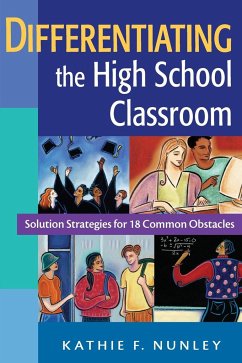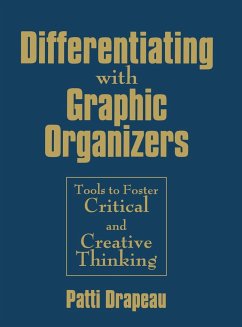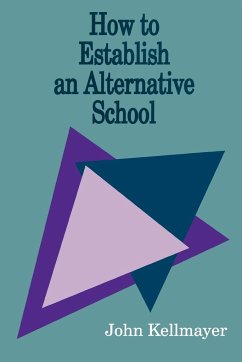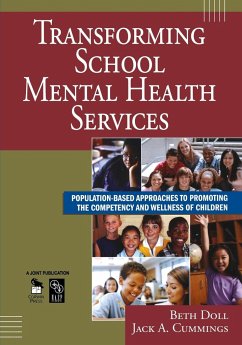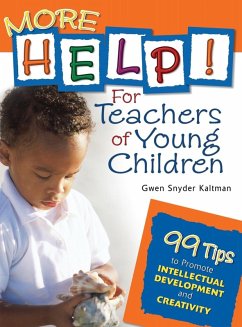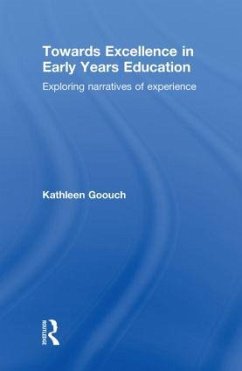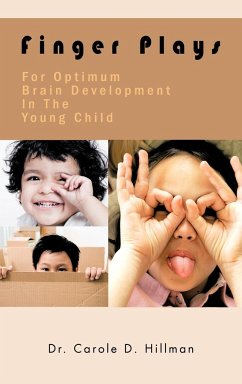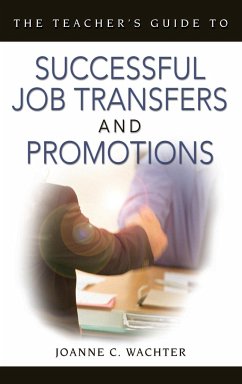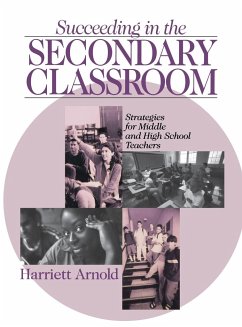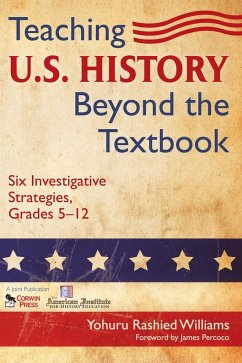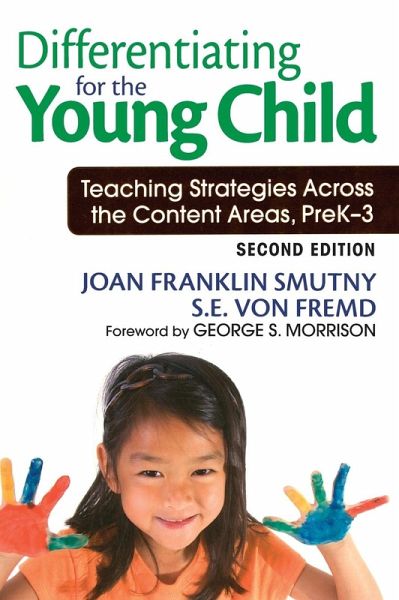
Differentiating for the Young Child
Teaching Strategies Across the Content Areas, PreK-3

PAYBACK Punkte
41 °P sammeln!
Meet the highly diverse needs of primary students with these differentiated teaching strategies! Designed to help primary teachers value and support the unique experiences and learning styles of diverse young learners, this book offers strategies for promoting intellectual discovery and creative thinking across key discipline areas, tackles issues related to underserved students, and discusses differentiated technology use. This second edition: Includes new charts with strategies for differentiating lessons in math, science, social studies, and language arts Presents new focus questions to hel...
Meet the highly diverse needs of primary students with these differentiated teaching strategies! Designed to help primary teachers value and support the unique experiences and learning styles of diverse young learners, this book offers strategies for promoting intellectual discovery and creative thinking across key discipline areas, tackles issues related to underserved students, and discusses differentiated technology use. This second edition: Includes new charts with strategies for differentiating lessons in math, science, social studies, and language arts Presents new focus questions to help teachers clarify their own priorities and target student needs efficiently Offers Web sites for further reference





